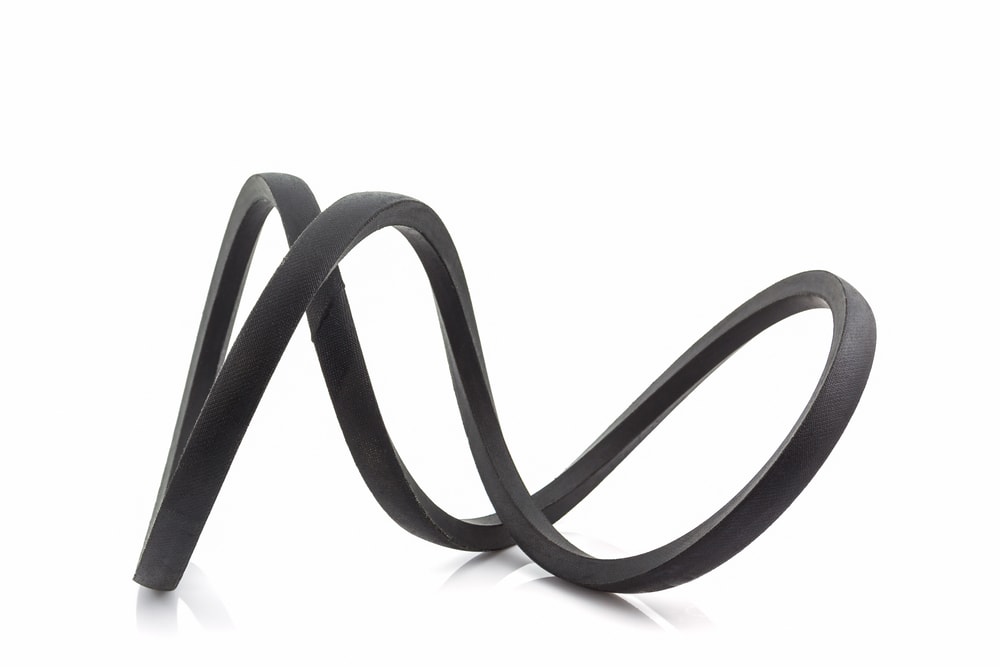

Your car needs more than just the engine and transmission to operate. It needs the alternator to supply electricity while the engine’s running. You need the air conditioner to provide cool air during hot weather. You need a power steering pump to help make steering your car easier. All of these accessories need power, and that power is supplied by a belt (or belts in some cases).
Most cars today use a single belt, called a serpentine belt. Older cars often have two belts – a drive belt and an alternator belt. Your power steering belt is generally the serpentine or drive belt. Without this, the power steering pump doesn’t work and fluid cannot be sent through the lines to the steering rack.
The immediate upshot of not having an operational power steering pump is that it becomes much more difficult to turn the wheel. If you’ve ever driven a car without power steering, you know just how difficult it can be to steer, particularly at lower speeds.
Your car’s power steering belt (serpentine belt) is in use every time you crank the engine. It transmits power from the primary pulley on the engine to all of your accessories (power steering pump, alternator, etc.). As you can imagine, this belt is subjected to an incredible amount of wear and tear, as well as heat. There’s also the potential for impact from a broken component (which might cut the belt).
Most belts are designed to last between 60,000 and 100,000 miles. However, yours should be inspected at every single maintenance interval (every oil change). This ensures that you’re able to keep an eye on the belt’s condition and catch it before it fails. If you’re able to replace it before it breaks, you avoid the prospect of being stranded on the side of the road waiting for a tow truck. Your belt may also need to be tightened (manual tensioning systems) or the auto-tensioner might need to be inspected or maintained.
Knowing the signs to watch for that indicate your power steering belt is about to fail will help prevent you from being stranded. These include:
- Squealing from under the hood after the engine starts (indicates a stretched belt)
- Cracks on the belt
- Cuts or nicks on the belt
- Missing or damaged grooves on the belt
- Glazing on the belt (appears shiny)
If you suspect your power steering belt is wearing to the point that it needs to be replaced, don't take chances. A certified mechanic can inspect the power steering belt and replace it if necessary.



